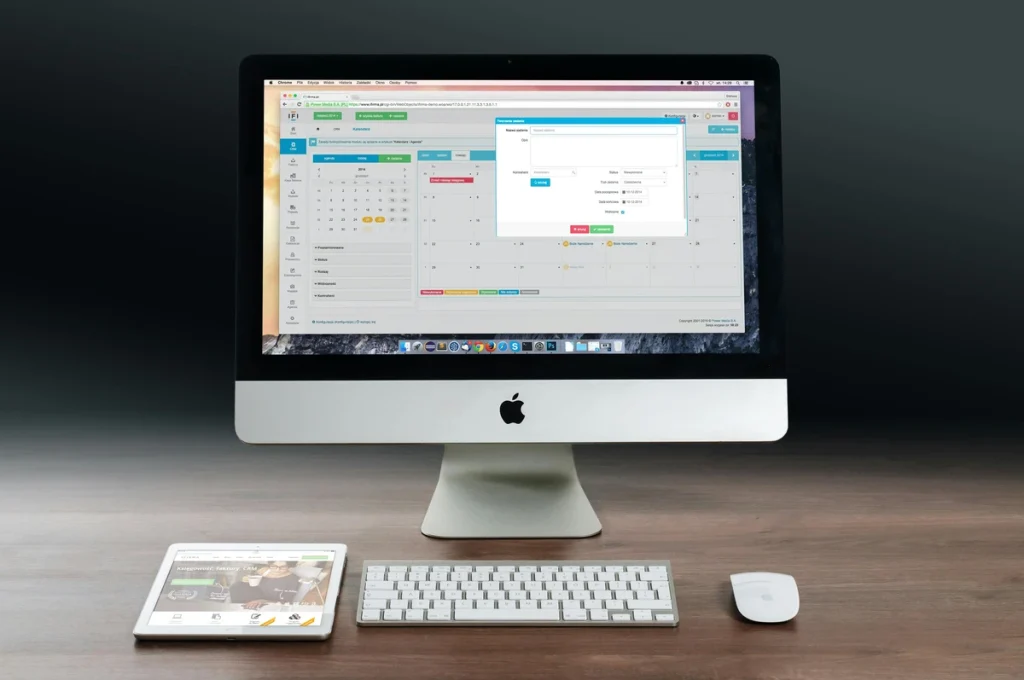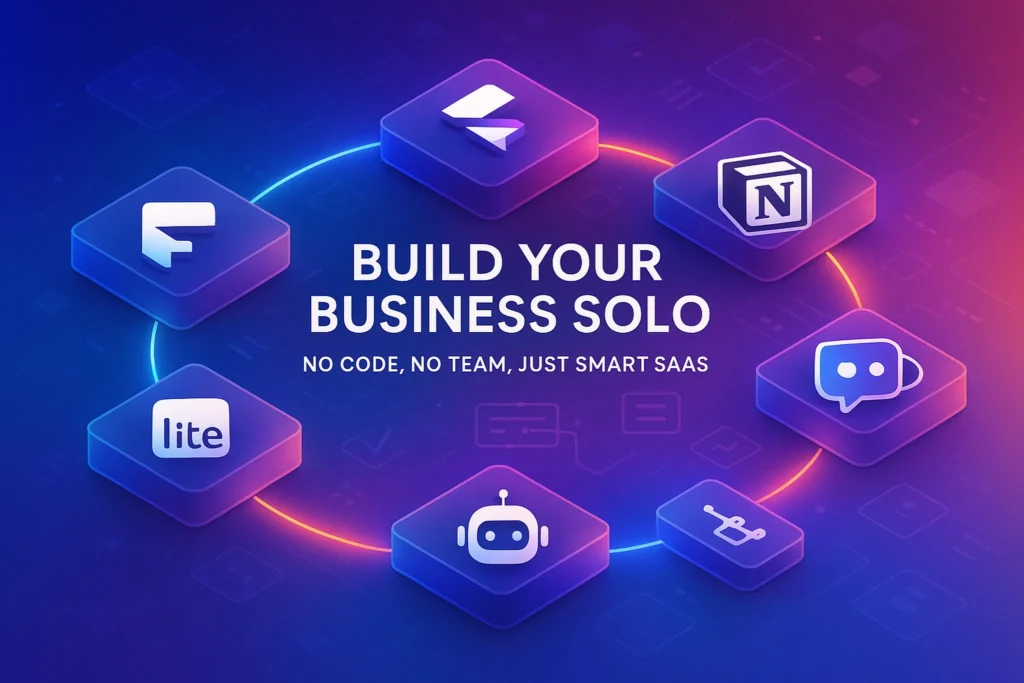🌍 Why Social Media Management Has Shifted to Brand-Level Platforms
Managing social media in 2025 is no longer about queuing up posts and hoping for engagement. Brands now juggle dozens of channels, influencer collaborations, customer support through DMs, and real-time community building. For marketing teams, the challenge is not just scheduling—it’s orchestration.
That’s why social media management software has matured from “simple schedulers” to brand-level operating systems. They combine publishing, analytics, listening, influencer tracking, and even customer service integrations. Tools like those compared in Hootsuite vs. Buffer vs. Sprout shaped the early era, but in 2025, all-in-one management platforms are what serious brands rely on.
💡 Nerd Tip: If your brand is managing more than three channels, scheduling alone isn’t enough. Look for platforms that unify data, customer insights, and creative collaboration.
🧩 Core Features Brands Need in 2025
Modern social media management software must solve four critical challenges:
-
Unified Dashboards – A single command center for all accounts, campaigns, and channels.
-
AI-Powered Scheduling & Insights – Predicting the best times to post, adapting copy to tone, and analyzing content ROI. As explored in Top AI-Powered Social Media Scheduling Apps to Boost Engagement, this is now baseline.
-
Collaboration & Workflow – Approvals, task assignments, and version control—necessary for teams where multiple people touch campaigns.
-
Brand Safety & Compliance – Especially important for global brands managing sensitive campaigns across regions.
Benchmark data in 2025 shows brands that switch to integrated platforms see up to 18% faster campaign execution and higher consistency in brand voice across touchpoints.
⚡ Top Social Media Management Software for Brands in 2025
🌐 Sprout Social
Sprout has cemented itself as a brand-focused powerhouse. With its AI-driven listening tools, brands can monitor sentiment across millions of conversations in real time. For example, a food chain used Sprout to detect negative sentiment spikes during a product launch and adjusted messaging within 48 hours—avoiding reputational damage.
Marketers on X often describe Sprout as “pricey but irreplaceable.” One social lead wrote: “We tried cutting costs with smaller tools, but Sprout’s listening + reporting is what execs actually trust in boardrooms.”
📊 Hootsuite Enterprise
While Hootsuite once felt like just a scheduler, its enterprise offering has grown into a comprehensive ecosystem. In 2025, it integrates directly with ad accounts, allowing brands to manage organic and paid campaigns in one place.
A major upgrade is its AI content recommender, which surfaces trending hashtags and themes relevant to your audience. Combined with team-level approval workflows, it ensures consistency across global teams.
💡 Nerd Tip: If you’re running both organic and paid social, Hootsuite’s ability to unify campaigns saves hours of cross-platform reporting.
📱 Sprinklr
Sprinklr positions itself as the ultimate “customer experience” platform. Beyond scheduling, it integrates with CRM, help desks, and even call centers. For large brands, this is critical: social media isn’t just marketing—it’s customer service at scale.
In 2025, Sprinklr’s AI can now auto-tag inbound DMs and route them to the right department. For example, a customer complaint about shipping can be flagged instantly for support, while influencer partnership requests go to marketing.
This aligns closely with AI-Powered Tools for Social Media Marketing, where automation ensures no customer touchpoint is missed.
💡 Brandwatch
Brandwatch thrives on data. Its social listening is among the most advanced in the industry, scanning billions of conversations daily. For brands in volatile industries—like finance or healthcare—this kind of early-warning system is invaluable.
In 2025, Brandwatch also added “predictive crisis modeling,” where its AI can simulate the likely trajectory of a negative viral story. That kind of foresight is something basic schedulers can’t touch.
📈 HubSpot Social Hub
For startups or scale-ups already in HubSpot’s ecosystem, the Social Hub delivers seamless integration with email, CRM, and content marketing. As covered in Best All-in-One Marketing Platforms for Startups, the value lies in centralization—no more siloed tools.
Its AI now automatically suggests repurposing strategies: if a blog performs well, the system recommends breaking it down into Tweets, LinkedIn posts, and Instagram carousels. For small teams, this is like having a strategist built into the tool.
⚡ Ready to Manage Social Smarter?
Explore brand-level platforms like Sprout, Hootsuite Enterprise, and Sprinklr to centralize your campaigns. AI-backed insights mean faster growth and safer engagement.
📐 How to Choose the Right Platform for Your Brand
The right choice depends on scale and needs:
-
Small startups benefit most from HubSpot Social Hub for its integration with CRM and content tools.
-
Mid-sized brands often choose Hootsuite Enterprise for its balance of scheduling, analytics, and ad integration.
-
Large enterprises lean into Sprinklr or Brandwatch for deep listening and multi-department collaboration.
The most common mistake is choosing a platform that’s too complex for your team’s actual needs—or too simple to scale. As seen in Social Media Marketing, alignment with workflow is what ensures ROI.
💡 Nerd Tip: Map your pain points first (reporting? customer DMs? campaign approvals?) and pick the platform that solves the top two problems best.
📌 Mini Case Study: Real ROI from Switching Platforms
Consider a mid-sized DTC skincare brand that had been using Buffer for years. While Buffer handled scheduling, the marketing team still spent hours manually exporting analytics, responding to customer DMs, and aligning creative approvals through endless email chains. In late 2024, the team migrated to Sprout Social Enterprise.
Within three months, they reported a 20% increase in engagement and a 12% reduction in ad spend. The secret wasn’t posting more—it was posting smarter. AI-driven insights flagged which creatives underperformed in real time, while customer service integrations meant every DM was answered within two hours, improving retention.
A social media manager from the brand shared on X: “We didn’t just save time. We gained clarity. Executives now see ROI dashboards, not spreadsheets.”
💡 Nerd Tip: Measure the platform’s ROI in both soft savings (time) and hard outcomes (conversion lifts, reduced churn). That’s how you justify the subscription price at board level.
⚠️ Common Mistakes When Choosing Platforms
Brands often fall into two traps. The first is overbuying. A small startup with three social accounts doesn’t need Sprinklr’s enterprise suite—it ends up paying thousands for features they’ll never use. This creates tool fatigue and resentment inside the team.
The second mistake is underbuying. Larger teams sometimes stick with lightweight tools like Buffer or Later, only to hit walls with reporting, multi-user permissions, and security compliance. This leads to hidden costs, as staff cobble together extra tools for what an all-in-one platform could have solved.
Finally, many brands forget the human side: failing to train staff on new workflows. Without adoption, even the best software becomes shelfware. As discussed in Best All-in-One Marketing Platforms for Startups, aligning the tool with the team’s maturity is critical.
💡 Nerd Tip: Audit your team’s top three social bottlenecks before shopping. If a tool doesn’t directly solve at least two, keep looking.
🔮 Future Outlook: Autonomous Brand Management
The future of social media management isn’t just AI-assisted—it’s AI-directed. By 2026–2027, leading platforms are expected to move into autonomous brand management. Imagine software that:
-
Shifts ad budget from underperforming Facebook campaigns to booming TikTok ads automatically.
-
Detects a brewing PR crisis from sentiment data and drafts a pre-approved holding statement.
-
Chooses influencer partnerships by predicting ROI from past collaborations.
This evolution mirrors what’s already happening in AI-Powered Tools for Social Media Marketing. The marketer’s role will shift from micro-managing posts to guiding strategy and brand voice, while AI handles tactical execution at scale.
💡 Nerd Tip: When evaluating tools in 2025, ask vendors about their AI roadmap. Choosing a platform investing in predictive or autonomous features future-proofs your brand.
📊 Quick Comparison Table
| Platform | Best For | AI Features | Pricing Level | Limitation |
|---|---|---|---|---|
| Sprout Social | Mid to large brands needing advanced analytics | Sentiment analysis, AI insights | $$$ | Higher cost for small teams |
| Hootsuite Enterprise | Brands balancing organic + paid campaigns | AI content recommendations | $$ | UI feels dated to some users |
| Sprinklr | Enterprises managing social + CX | AI ticket routing, omnichannel CX | $$$$ | Overkill for smaller orgs |
| Brandwatch | Brands in volatile or sensitive industries | Predictive crisis modeling | $$$ | Heavy learning curve |
| HubSpot Social Hub | Startups scaling content + CRM | AI repurposing suggestions | $$ | Limited outside HubSpot ecosystem |
💡 Nerd Tip: Use this table not as a “winner’s chart,” but as a filter. Align platform choice with brand maturity and team bandwidth.
🗓️ 30-Day Brand Adoption Plan
Even the best software fails without a rollout plan. Here’s a practical roadmap brands can follow to onboard a new platform within 30 days:
-
Week 1: Setup & Training
Connect all accounts, import brand assets, and run onboarding workshops for your team. Assign platform champions inside departments. -
Week 2: Workflow Definition
Establish content calendars, approval chains, and task assignments. Make sure legal and compliance teams are looped into approval stages. -
Week 3: Reporting & KPI Alignment
Customize dashboards for executives, campaign managers, and community managers. Ensure everyone is measuring success with the same data. -
Week 4: Full Rollout
Launch your first end-to-end campaign through the platform—content creation, scheduling, paid ads, and customer responses—all inside the system. Collect feedback and refine processes.
💡 Nerd Tip: Don’t aim for perfection in the first month. Aim for adoption. Once the team trusts the platform, optimization naturally follows.
📬 Want More Social Media Playbooks?
Join our weekly newsletter for deep-dives into AI-powered social tools, content automation, and growth strategies for modern brands.
🔐 100% privacy. Only actionable insights from NerdChips.
🧠 Nerd Verdict
Social media management software in 2025 is no longer optional for brands—it’s a backbone of digital operations. Platforms like Sprout Social, Hootsuite Enterprise, Sprinklr, Brandwatch, and HubSpot Social Hub transform scattered activity into structured strategy.
From NerdChips’ perspective, the brands winning in 2025 are those treating social platforms as ecosystems of community and service, not just billboards. The right software isn’t just saving time—it’s amplifying impact.
❓ FAQ: Nerds Ask, We Answer
💬 Would You Bite?
If your brand could centralize publishing, listening, and customer service in one platform, would you trust AI to run the daily operations—or would you keep humans in full control?
Crafted by NerdChips for brand teams who want to scale social without losing authenticity.



